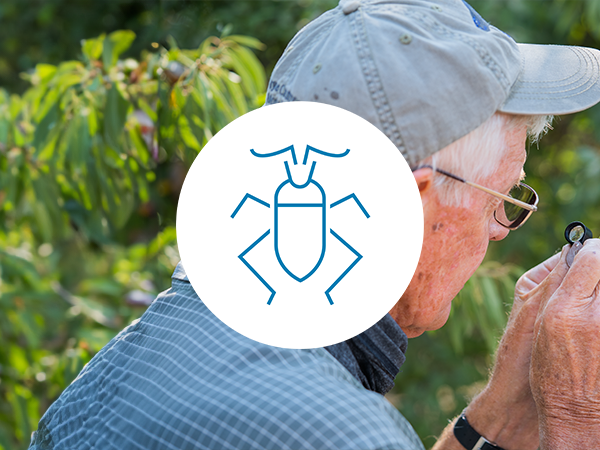Course Description
In this panel discussion speakers emphasize the critical role of evaluating Integrated Pest Management (IPM) programs to make informed financial decisions on pest control. They stress the necessity of collecting and processing harvest samples with a structured protocol to assess treatment efficacy and identify issues such as missed sprays or budget constraints. Freezing samples, if immediate analysis is not possible, prevents mold and allows for precise examination of larvae development, offering insights into the timing of infestations and effectiveness of interventions. The panelists illustrate the value of detailed data collection by comparing it to processor reports, highlighting the ability to distinguish between different types of pest damage. For instance, accurate data can reveal whether the primary cause of damage is worms or bugs, as seen in a case where a grower’s perceived navel orange worm problem was actually due to bugs. The speaker shares his practical experiences, including the benefits of close collaboration with PCAs and CCAs, the strategic use of flood irrigation and pest control measures, and the importance of monitoring pest populations. Another speaker underscores the significance of quality control in the almond industry, advocating for open communication between growers and handlers to meet market demands and enhance ROI. She also emphasizes understanding global market trends and leveraging programs like Landflex to optimize profitability. Overall, the discussion highlights the importance of data-driven decision-making, collaboration, and strategic planning in successful pest management and almond production.
Course Objectives:
After completing this course, learners will be able to:
- Understand various mating disruption options and the incentive programs available for almond growers in California.
- Explain the deployment process and trial outcomes of the Isomate Mist pheromone product, including its impact on reducing naval orange worm populations and crop damage.
- Analyze trends in injury reduction and pest management effectiveness based on data from trials over three years.
- Compare different pheromone dispenser technologies (passive vs. smart) and their roles within an Integrated Pest Management (IPM) approach.
- Evaluate different monitoring methods for naval orange worm and the use of Suterra’s CheckMate Puffer products in achieving season-long control.
- Identify key components of a comprehensive pest management system, including sanitation, mating disruption, and pesticide applications, with a focus on sustainability and regulatory compliance.
- Recognize the criteria and documentation required for financial assistance through farm bill-funded programs for mating disruption strategies.
- Address challenges in tracking naval orange worm flights and assess the effectiveness of mating disruption, incorporating grower feedback and orchard sanitation practices.
- Discuss concerns related to shaker damage and pruning in citrus orchards, and understand the need for further research on the effects of these practices.

